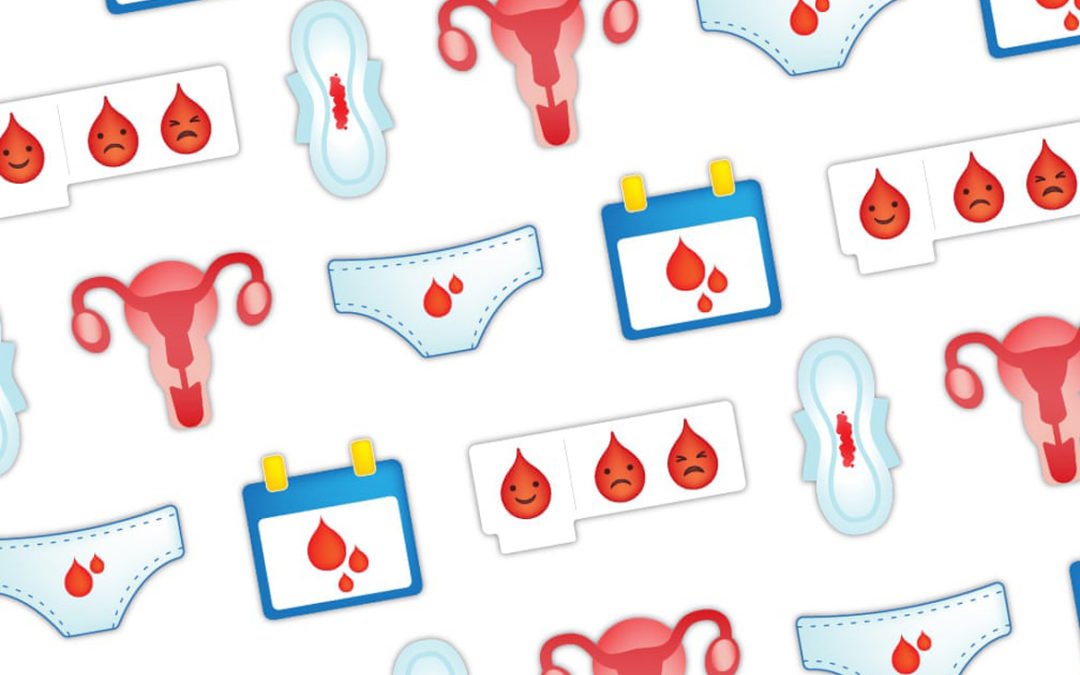Throughout her lifetime, a woman spends approximately 3,000 days dealing with pads and tampons, painkillers, carefully selected underwear, painstaking planning of holidays, weddings and day trips.
In some cultures, these days entail self-isolation, steering clear of social life and are sometimes something to be ashamed of. But now, the idea is to radically change this frame of mind.
Some of you may have noticed it already: the period emoji is available – and it has been for a few months now – in the set of these icons that populate our smartphones. A small drop of blood explicitly symbolises this moment, which occupies roughly 3,000 days of a woman’s life.
How many times a day do we use emojis to communicate on Whatsapp and Instagram? Well, there is now one more way to talk about everything, including the menstrual cycle! As we said, it is just a small, stylised drop of blood. But its inclusion in the set of emoji faces that express our emotions in the digital world means much more.
It represents a call to break the still existing taboos on the topic. Indeed, Unicode Consortium (which is in charge of approving emojis on all platforms) defined it “an important step towards gender equality”.
Take Europe: it is still somewhat hard to talk about the menstrual cycle, despite the passing of specific laws and several awareness-raising campaigns. But in some countries, the situation is much worse. In India, for example, a “menstrual retreat” is imposed on women “experiencing those days”, or it is forbidden for women to enter some temples, for they are considered to be impure when fertile.
Thanks to Plan International UK, the organisation that supports women’s rights, social stigmas such as this one might gradually become outdated. Actually, we are pretty sure that the period emoji – available since early 2020 – will be followed by many other similar initiatives, considering that they can truly mobilise and raise awareness among thousands of people throughout the world.

Recent Comments